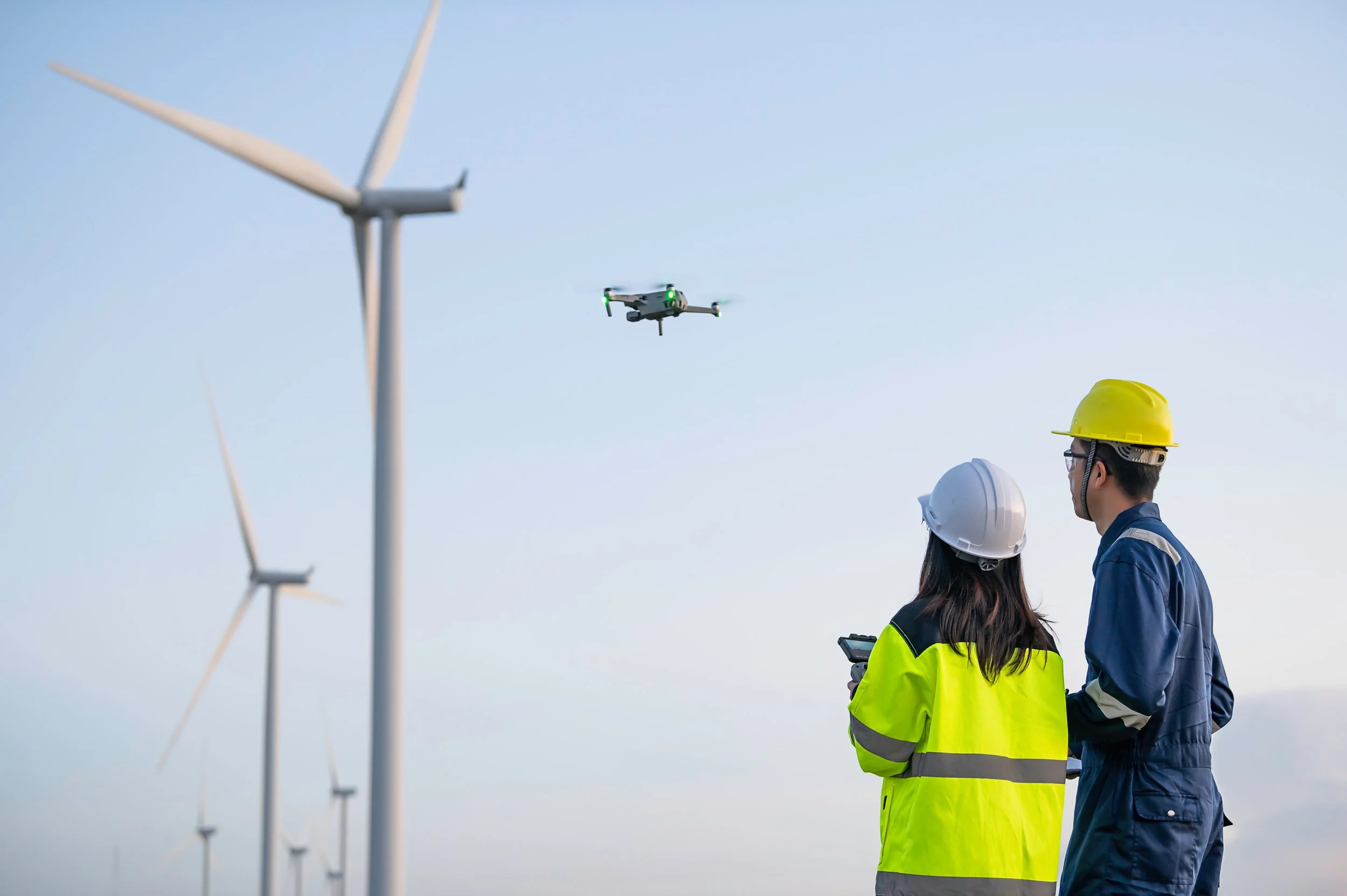Onshoring Prosperity: The Key to Middle-Class Jobs is Clean Energy
by Dan Roscoe, CEO of Roswall
The future of good jobs isn’t overseas or in the past. It’s being built right here, through clean energy.
The idea of “bringing manufacturing jobs back” has become a political fixture. Across Canada and the U.S., it’s spoken of as a remedy for decades of wage stagnation, regional decline, and lost opportunity. But the truth is, the kinds of jobs that once built the North American middle class aren’t coming back through offshore assembly plants or robotics-heavy factories. That era is over.
The next era of middle-class jobs will be built on something else entirely: clean energy.
Unlike globalized manufacturing, clean energy infrastructure is grounded in place. Turbines aren’t shipped fully assembled. Transmission lines aren’t automated. Solar installations can’t be built offshore. Clean energy has to be constructed, connected, and maintained right here—by people, in communities.
That makes it one of the most durable and realistic strategies Canada has for rebuilding broad-based economic opportunity. These aren’t temporary project jobs. They’re structural roles. And they can’t be offshored.
The Limits of Traditional Onshoring
Politicians love to talk about reviving domestic manufacturing. But the reality looks different.
Many of the manufacturing jobs that have returned are low-wage, repetitive, and increasingly prone to automation. Howard Lutnick, now serving as U.S. Commerce Secretary, recently described the impact of tariffs by predicting “an army of millions and millions of human beings screwing in little screws to make iPhones” would come to America.
His comment, made during a Face the Nation interview, was widely mocked online. While intended to underscore the scale of reshoring, it instead reinforced how out of touch some policy rhetoric has become. Critics pointed out that this vision of “job creation” says less about opportunity than it does about the limits of traditional onshoring—especially when those jobs are easily automated and rarely provide a path to long-term stability.
We need a strategy that reflects today’s realities—not yesterday’s nostalgia.
Clean Energy Is Rooted in Place
Clean energy offers that strategy.
Every wind turbine, solar array, access road, building retrofit, and transmission line is built and maintained by people—locally. These projects require electricians, crane operators, welders, safety inspectors, engineers, environmental monitors, site planners, and more. And they don’t vanish after installation. They require long-term oversight, maintenance, upgrades, and grid integration.
These are not abstract “green jobs.” They are specific, grounded roles with real career pathways. And because renewable energy is tied to geography—it’s generated near where it’s used—these jobs don’t pick up and leave when the market shifts. They stay.
The Multiplier Effect
Clean energy jobs don’t exist in a vacuum. They create ecosystems. As renewable projects scale, they generate demand in surrounding sectors:
Certification and compliance
Logistics and transportation
Environmental monitoring and assessment
Training and workforce development
This kind of growth tends to cluster—especially in rural and coastal regions where legacy industries like forestry, mining, or offshore extraction may be shrinking.
In those communities, clean energy isn’t just a climate solution. It’s a new economic base.
A Canadian Opportunity—If We Invest Strategically
In the U.S., the clean energy transition has hit turbulence. Permitting delays, shifting tax credits, and political backlash have slowed progress in key regions.
Canada, by contrast, still has momentum. We have abundant natural resources, supportive policy frameworks, and a public that largely backs the energy transition. But we don’t have unlimited time. To seize this moment, and turn clean energy into a true driver of middle-class renewal, we need targeted, practical investments in people and place. That includes:
Regional training hubs that prepare the next generation of tradespeople, inspectors, and technicians
Workforce requirements baked into project approvals, so job creation isn’t an afterthought
Support for Indigenous-led and community-based training programs, ensuring capacity is built where projects land
Procurement policies that prioritize local labour and long-term maintenance hiring, keeping the benefits rooted in the community
This is more than energy policy. It’s economic development. And done right, it’s a roadmap for how Canada can lead—in both prosperity and climate action.
Build Where You Live
Clean energy is one of the last remaining industries that truly must be built where it’s used. That simple fact gives Canada a rare chance: to rebuild prosperity in a grounded, durable, and forward-looking way.
If we want to “onshore” economic opportunity—not just in slogans, but in real terms—this is how we do it. Clean energy is infrastructure. It’s jobs. It’s climate progress. And it’s local.
Let’s treat it like the national opportunity it is.
—
Dan Roscoe is the CEO of Roswall Development, a renewable energy developer, and President of Renewall Energy, a renewable energy provider, both based in Halifax, Nova Scotia. His work is focused on building the infrastructure for a cleaner, smarter energy future across Canada and beyond.

